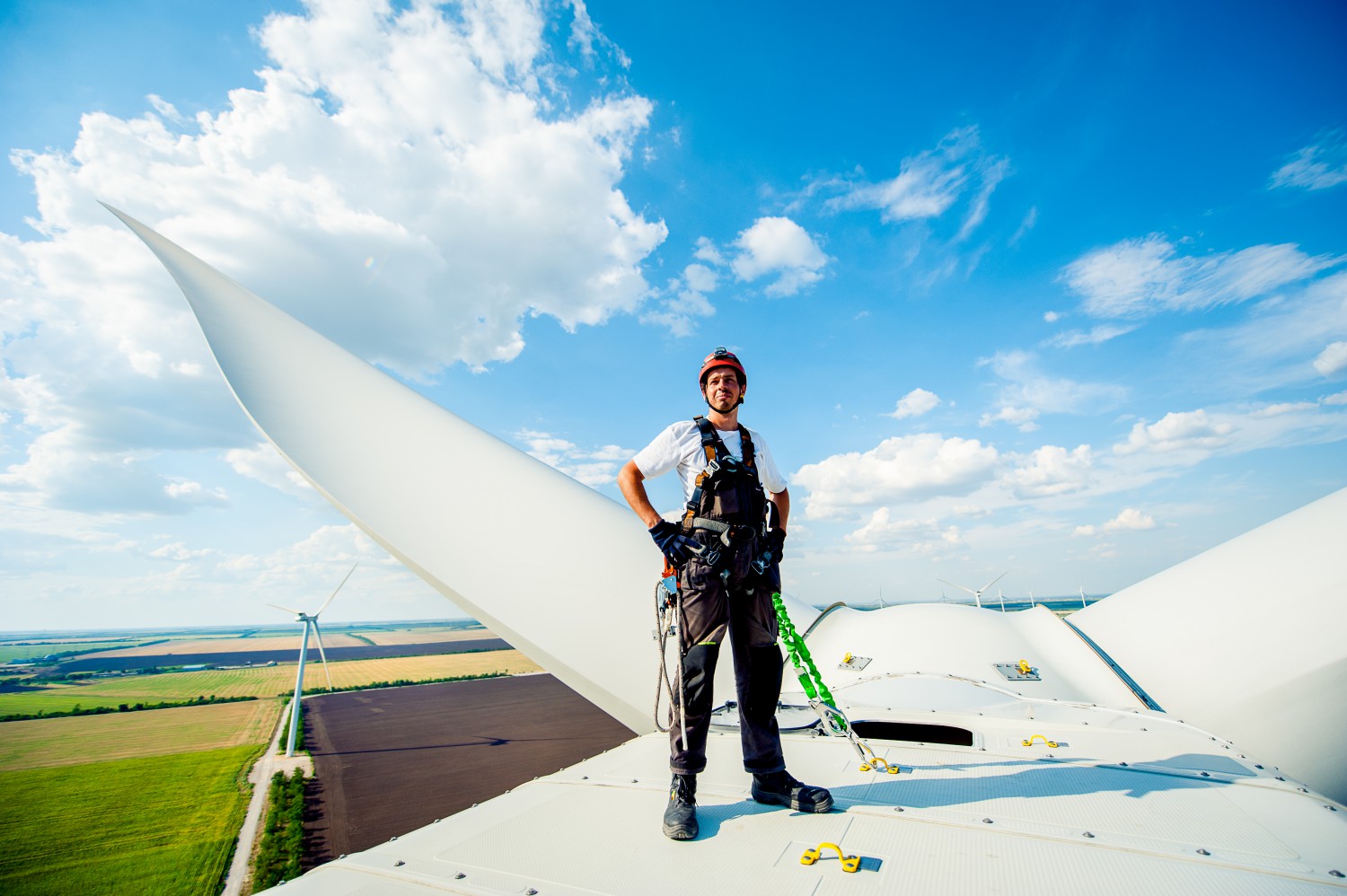Without the “green” tariff: how renewable power generation is looking for new business models
Renewable electricity generation projects are preparing for market conditions

Can renewable power generation continue to develop after expiration of the “green” tariff period, and what mechanisms should be used for transition to market conditions? Ukrainian Energy sought answers from investors and developers of pilot projects
Energy experts point out that conditions for investments in Ukraine’s renewable energy sector are worsening. This situation was preceded by several factors: adoption of the law approving retrospective green tariff lowering initiatives, failure to fulfil the provisions of memorandum requiring to settle debt to “green” electricity generating companies and prevent the accumulation of new debts. And in addition, the amendment of the draft law introducing excise tax on renewable electricity became the “icing on the cake”. Therefore, investors are changing the vector of attention: in particular, they start looking for new partners. This behavior is typical for Europe as well: investors are leaving “overheated” markets and are considering other regions.
The attendees of the renewable energy panel at the International Energy Forum of the Adam Smith Institute, held in mid-July in Kyiv, have pointed out: eligibility of newly-built facilities for the “green” tariff in Ukraine expires in 2022, and the government will discontinue the reduced tariff for operational power plants effective 1 January 2030. However, the renewable energy sector must continue to grow, and therefore, electricity producers are already developing new strategies and new areas of business. That means development of renewable power generation without reduced tariff, i.e., solely on the basis of market conditions. Examples like that are already appearing in Ukraine…
The pilot projects reviewed in this material differ from each other by purpose, financing mechanisms, capacity and degree of readiness, but at the same time, they have a common goal: transition of renewable power generation to comprehensible business models.
These cases cover a broad range of decisions: from an already commissioned local solar power plant and a large wind park complex with a mechanical engineering component at the initial stage of construction to pre-project designs of the water-hydrogen concept of an offshore wind power plant. They illustrate the capabilities and diversity of approaches that could help Ukraine’s renewable power generation sector switch to market conditions today and in the nearest future.
Experts strongly believe that further development of renewable energy in Ukraine depends on support mechanisms the government will choose, and hope that lawmakers will borrow from today’s international experience, including the role played by renewable energy in production of “green” hydrogen.
For details, see Ukrainian-language article: https://ua-energy.org/uk/posts/bez-zelenoho-taryfu-iak-heneratsiia-z-vde-shukaie-novi-biznes-modeli








